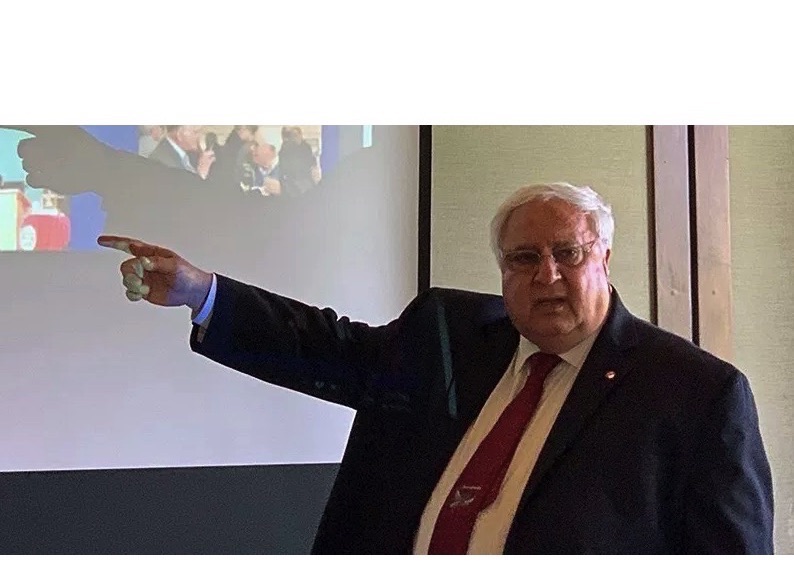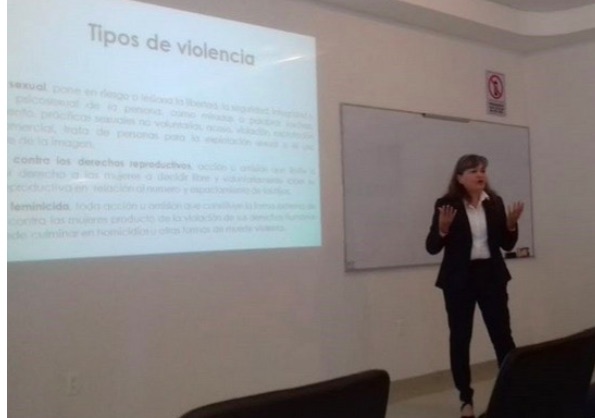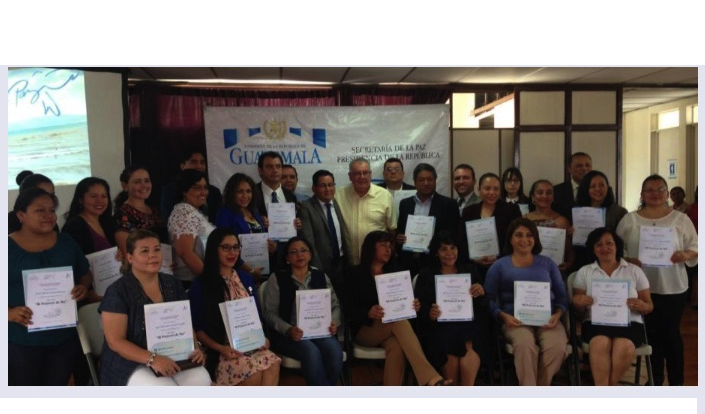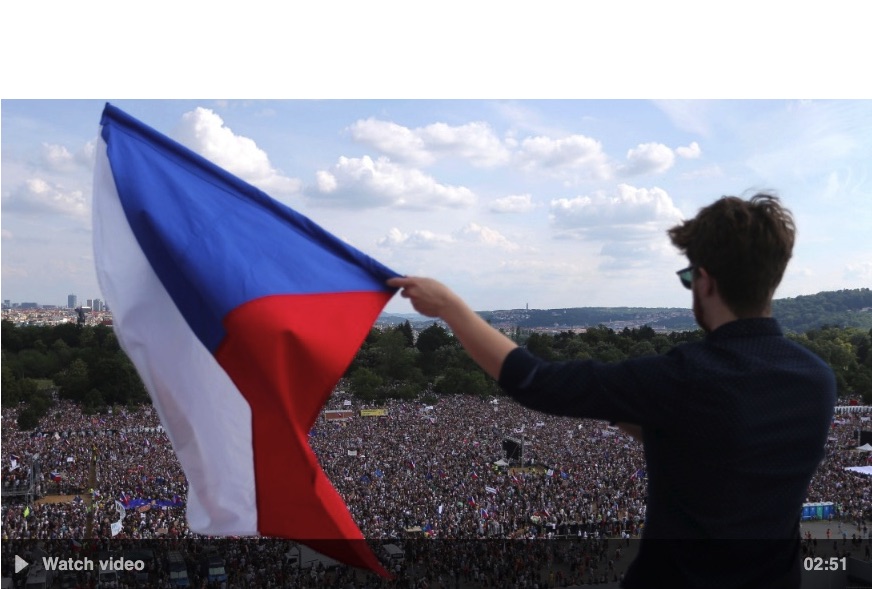. .DISARMAMENT & SECURITY. ,
An article from the Massis Post
The Executive Committee of Rotarian Action Group For Peace recently elected Dr. Garbis Der-Yeghiayan as Chair of the newly-established Middle East Initiative Council. In the month of March, 2019, a high-ranking Rotary delegation headed by Dr. Der-Yeghiayan visited Israel and Palestine meeting with numerous government officials,leaders of peace-promoting organizations, university presidents and students. as well as Rotarians. The idea of establishing a peace council was conceived during the delegation’s visit to the Holy Land.

Dr. Garbis Der-Yeghiayan
(article continued in right column)
How can a culture of peace be established in the Middle East?
(article continued from left column)
Upon his election, Dr. Der-Yeghiayan said: “This is a fresh approach led by Rotarians and youth groups to create a culture of peace. It is based on shared values and desired outcomes of all concerned to include: 1. Safety and Security; 2. Prosperity; 3. Quality of Life. We are committed to full participation in a process to equitably meeting the needs of current and future generations”.
The proposed projects of the Council include: Organizing peace conferences and workshops to address the root causes of conflict among parties with the participation of Rotarians and international thinkers with global experience. Offering a summer program for teens to help them learn about the history, culture and politics of the Middle East. Publishing position papers authored by Council Members and other scholars on events in the Middle East. Working collaboratively with like-minded peace organizations in the region to affect change. Organizing annual peace missions to the region to learn and to better understand the status quo.
The Council will be composed of prominent Rotarians, scholars,statesmen, peace-builders, former ambassadors, former members of parliaments and youth representatives.
Dr. Der-Yeghiayan is a seasoned Rotary leader. He is the first Armenian American elected to serve as a District Governor (California-Nevada, USA) in the history of Rotary International. He has held all senior positions in Rotary, including the chairmanship of Rotarian Action Group For Peace. He is the recipient of Rotary’s highest honors.
Dr. Der-Yeghiayan expressed his gratitude for the honor bestowed upon him and concluded: “Every conflict is an opportunity for better understanding. We encourage openness from people in disputes because direct communication is the best way to find solutions.”








